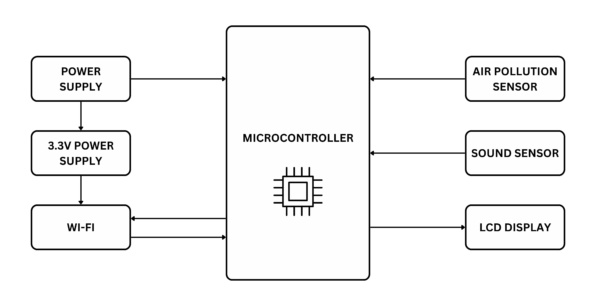
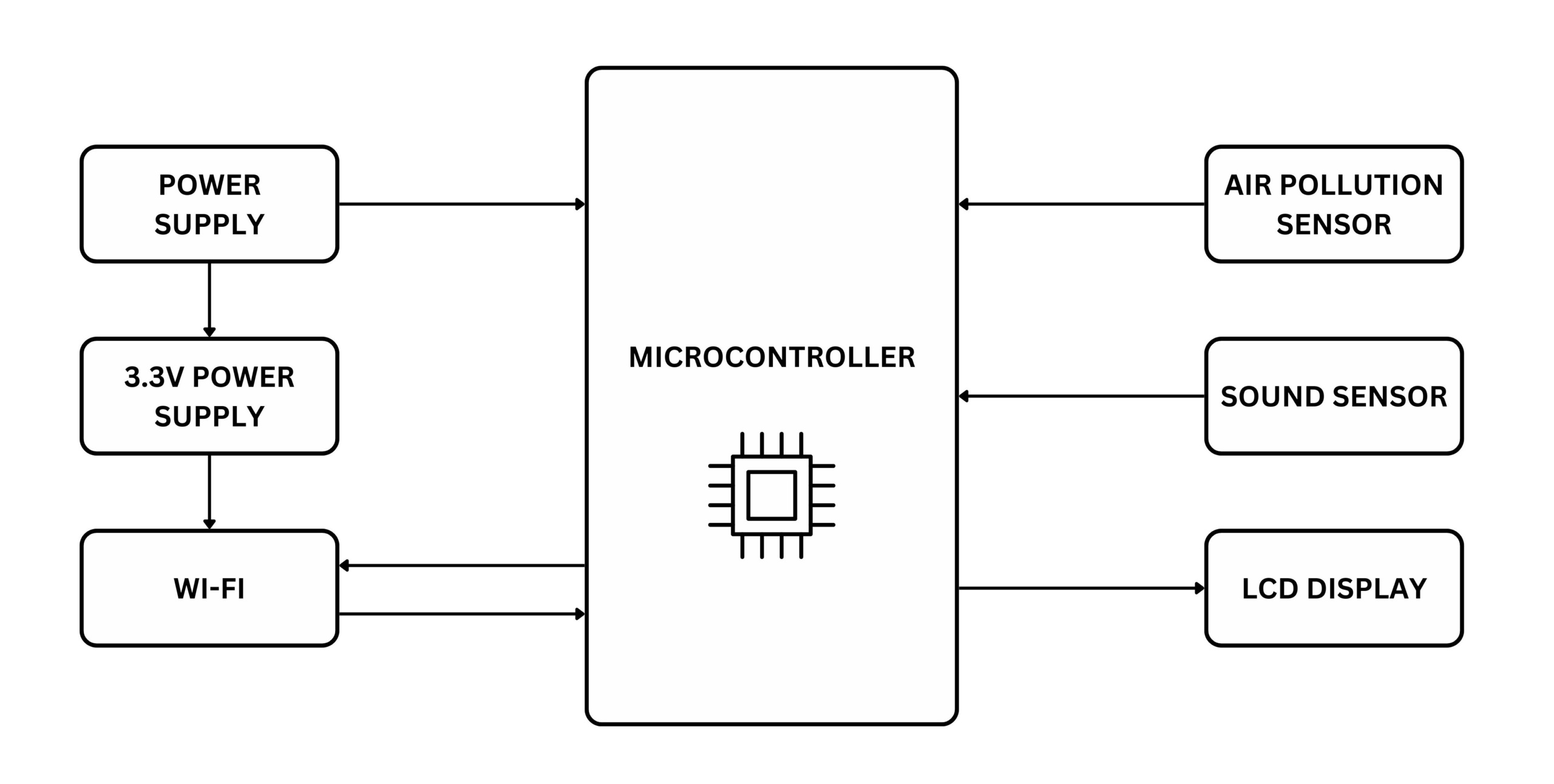
Air and Noise Pollution Monitoring System Over IOT
The IoT WiFi Environmental Monitoring System gathers real-time data on air quality and noise pollution through a network of IoT sensors, transmitting measurements to a central server for analysis. This system supports informed decision-making for pollution control and urban development.
- Description
- Customizations
- Reviews (0)
- Enquiries
Description
DESCRIPTION
The Air and Noise Pollution Monitoring System over IoT WiFi is a comprehensive environmental monitoring project designed to collect real-time data on air quality and noise pollution levels using a network of IoT sensors connected through WiFi. These sensors will continuously measure various pollutants and noise levels, transmitting the data to a central server for analysis and visualization. The system aims to provide critical information for policymakers and the public, facilitating informed decisions to mitigate pollution and improve overall urban and industrial environments.
OBJECTIVE
The objective of the project is to develop an integrated Air and Noise Pollution Monitoring System using Internet of Things (IoT) technology, aimed at continuously and accurately measuring air quality and noise levels in real-time. This system will enable remote monitoring, data collection, and analysis to provide valuable insights into environmental conditions, supporting effective pollution management and policy decisions to improve public health and quality of life.
BLOCK DIAGRAM

PROBLEM STATEMENT
Air and noise pollution pose significant health and environmental challenges in urban and industrial areas. Monitoring and managing these pollutants are crucial for the well-being of communities and the sustainable development of cities. The project aims to develop an Air and Noise Pollution Monitoring System using IoT and Wi-Fi technologies to address the following key problems:
- Lack of Real-time Data: Current air and noise pollution monitoring systems often provide data with delays, making it difficult to take immediate corrective actions in response to pollution spikes. There is a need for a system that offers real-time data.
- Inadequate Coverage: Many regions lack comprehensive pollution monitoring systems, leaving communities unaware of the air and noise quality in their areas. It is essential to create a solution that can be deployed widely, including in remote or underserved locations.
- Data Accessibility: Making pollution data accessible to the public and relevant authorities is essential for informed decision-making and policy formulation. Current systems often lack user-friendly interfaces and data sharing capabilities.
- Energy Efficiency: Traditional monitoring systems may consume a significant amount of energy, making them costly and less sustainable. An energy-efficient solution is necessary to reduce operational costs and environmental impact.
ADVANTAGES
- Provides real-time and accurate information about air quality and noise levels, allowing for immediate actions in response to deteriorating conditions.
- Data Accuracy and Precision: IoT sensors and data analytics ensure high accuracy and precision in measuring pollution levels, reducing the chances of errors associated with manual monitoring.
- Cost-Efficiency: Automated monitoring systems can operate continuously without the need for constant human supervision, reducing operational costs in the long run.
- Timely Alerts: Automatic alerting mechanisms enable authorities to respond quickly to pollution spikes, minimizing health risks and environmental damage.
- Pollution Source Identification: Helps identify the sources of pollution, making it easier to target mitigation efforts and enforce regulations on polluting entities.
- Environmental Sustainability: Supports the development of sustainable urban planning and policies by providing essential data for pollution control and mitigation.
- Health Benefits: By monitoring and reducing pollution levels, the system can contribute to improved public health and a better quality of life for residents in polluted areas.
- Long-term Impact: Over time, the data collected by the system can be used to evaluate the effectiveness of pollution control measures and guide future environmental policies.
HARDWARE COMPONENTS
- ARDUINO MICROCONTROLLER
- AIR POLLUTION SENSOR
- SOUND SENSOR
- WI-FI
- LCD 16X2
- BATTERY
- 5V VOLTAGE REGULATOR
- JUMPER WIRES
SOFTWARE TOOLS
- ARDUINO IDE
- EMBEDDED C
- C PROGRAMMING
KEYWORDS
Air and Noise Pollution Monitoring System Over IOT project block diagram with report detailing, best IOT based project list, top iot based project, Air and noise pollution monitoring system project iot based, IoT based project for pollution monitoring system, iot based Environmental monitoring system using arduino block diagram, Wireless pollution monitoring system IOT based, iot based vReal-time air quality and noise pollution monitoring system project with block diagram and description, Noise pollution measurement system project block diafram with report, Pollution control technology system project, Smart city pollution monitoring system projetc with report , block diagram
Hi, guys if you want customizations in our projects you can contact us on WhatsApp us
Some Customization suggestions: Like IOT, Solar, Ml integration, Additional sensors, GPS GSM etc.

Be the first to review “Air and Noise Pollution Monitoring System Over IOT” Cancel reply
General Enquiries
There are no enquiries yet.


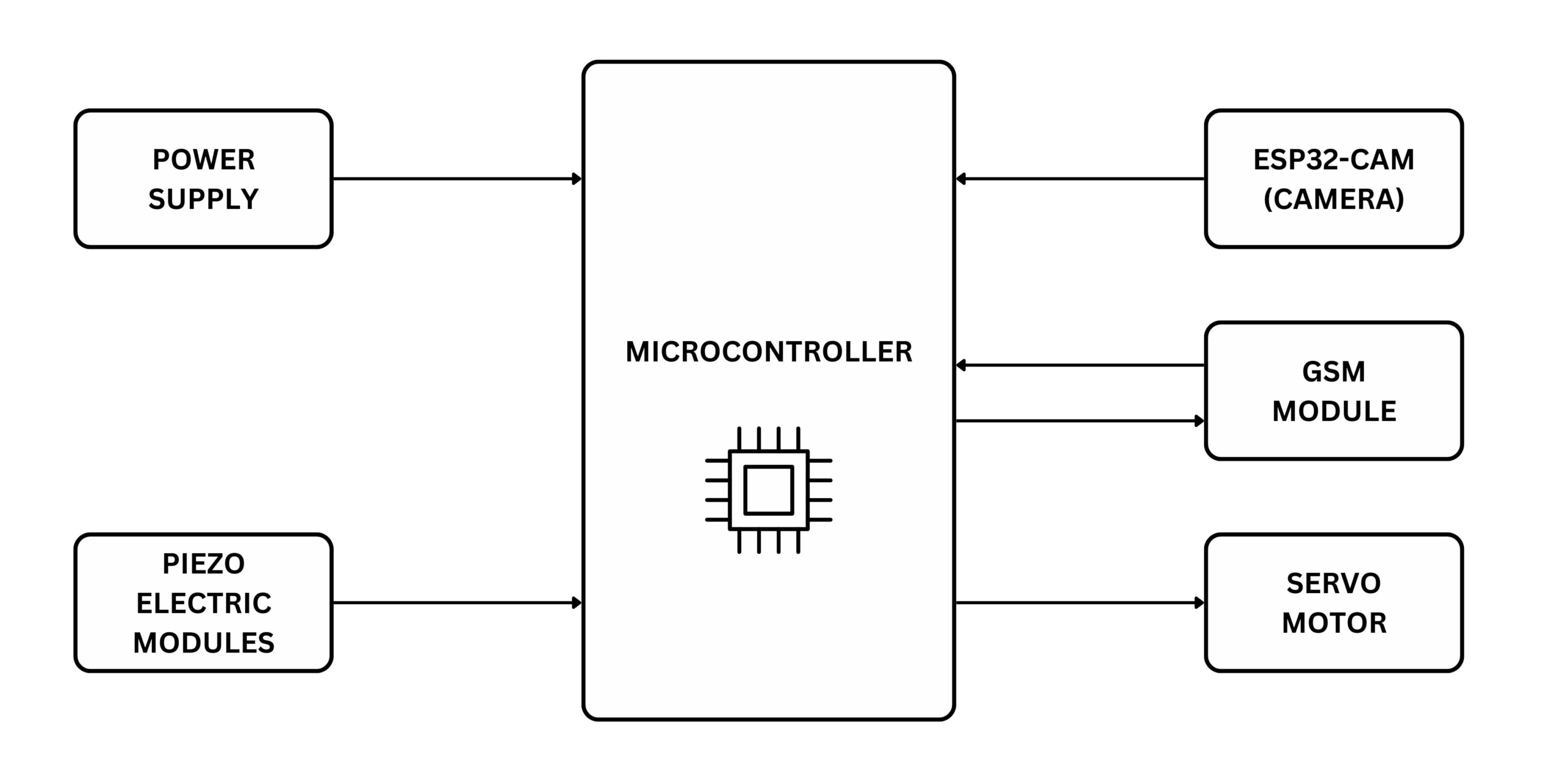
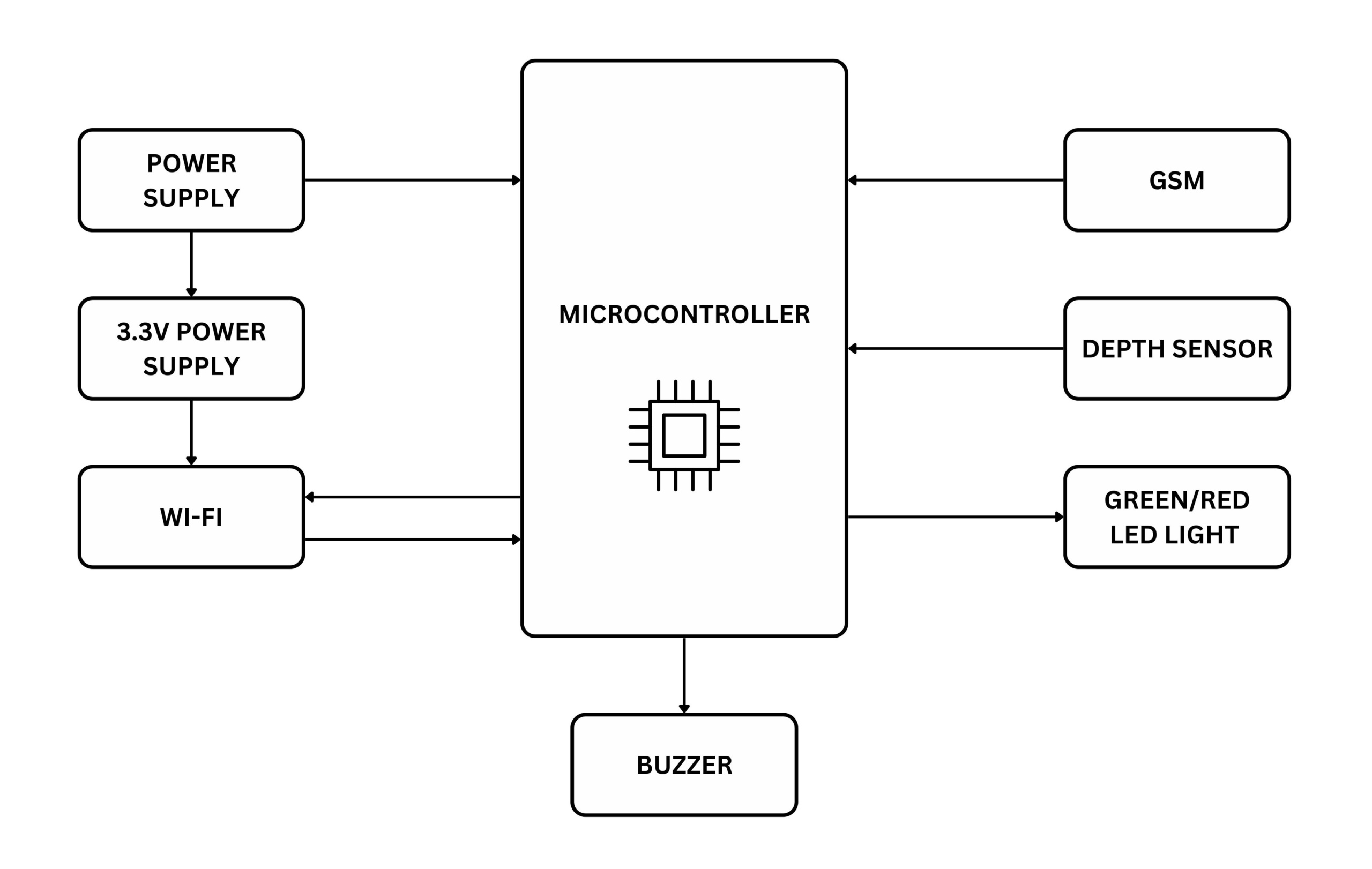
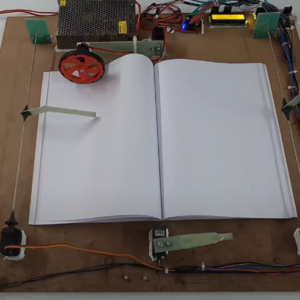
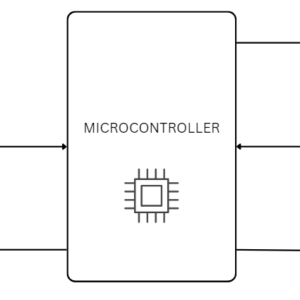
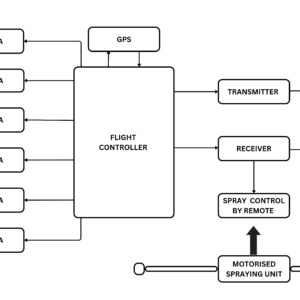
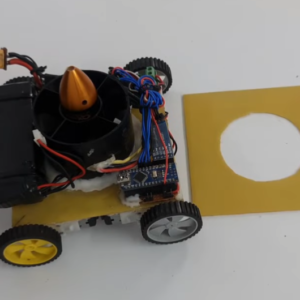
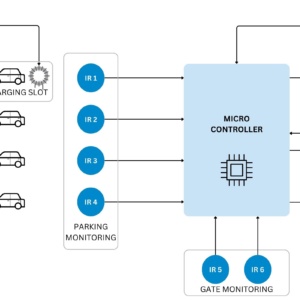
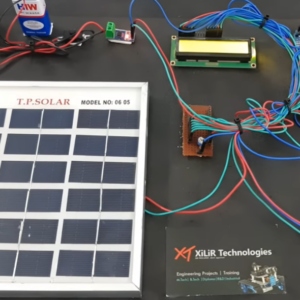
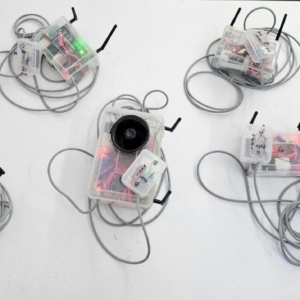

















Reviews
There are no reviews yet.